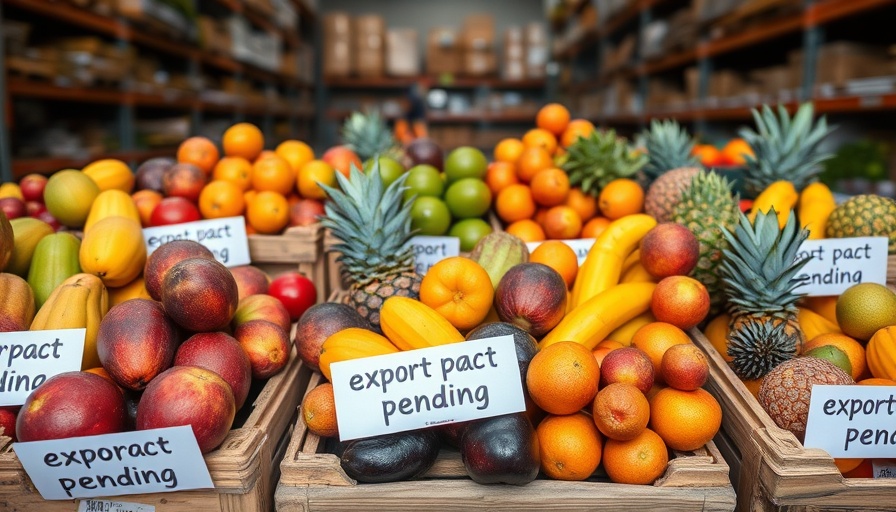
Understanding the 2025 Tariff Amendments: A Critical Analysis for Professionals
The recent amendments to the Customs and Excise Act, effective through 2028, introduce significant changes to the import tariffs on hot-rolled steel products, holding broader implications for the South African economy and various sectors of society. As specified in the official announcement, these adjustments involve a phased reduction of safeguard measures from 13% to 9% over the next three years, raising critical questions about protective trade measures and their effects on local industries.
What Do the Tariff Changes Mean for South African Industries?
The initial safeguard measures are designed to protect local industries from the potentially adverse impacts of increased imports. By imposing a 13% tariff on hot-rolled steel products, the South African government aims to bolster the local steel manufacturing sector, which has faced challenges from cheaper foreign imports. As these tariffs are reduced to 11% in 2027 and further to 9% in 2028, industries reliant on steel must adapt to a shifting market landscape that might expose them to heightened competition. Professionals in supply chain management and manufacturing must reassess their procurement strategies to navigate these evolving tariff environments effectively.
Historical Context: Tariff Protections and Economic Strategy
The imposition of safeguard tariffs is not a novel concept in South Africa's trade policy. Historically, such measures have been utilized to shield domestic industries from undue foreign competition while simultaneously encouraging growth within the local economy. The decision to implement and gradually reduce tariffs reflects an ongoing balance between protecting domestic production and embracing more liberalized trade policies that facilitate international market engagement. Understanding this context enables professionals to comprehend the potential ripple effects of these tariff changes on business operations and trade relations.
Implications for Global Trade Relations
As global trade dynamics evolve, South Africa's new tariff measures may trigger responses not only from local stakeholders but also from international trading partners. Tariff changes can lead to negotiations and adjustments in trade agreements, ultimately affecting foreign direct investment flows and regional economic stability. The interdependence of global markets means that professionals must monitor these amendments closely, as they could have far-reaching ramifications for export-driven industries and local economies.
Monitoring Future Adjustments: The Role of Continuous Analysis
The phased nature of the tariff adjustments necessitates ongoing analysis and responsive measures. By closely tracking market outcomes, trade volumes, and competitive pricing, professionals can anticipate shifts in the economic landscape and adapt their strategies accordingly. Engaging in robust data analysis and leveraging tools for trade forecasting will be essential for stakeholders to navigate potential market disruptions effectively.
Conclusion: The Path Forward for South African Professionals
The amendments to the Customs and Excise Act represent not just a set of new rules, but a critical juncture for professionals across sectors. As they adapt to changing tariffs, there lies an opportunity for innovation and strategic revamping within industries heavily reliant on steel and associated products. Staying informed, agile, and proactive will be paramount for those looking to maintain competitive advantage and foster resilience in an increasingly complex economic environment.
Given the changing landscape marked by these tariffs, it's imperative for professionals to engage actively with trade policy developments and their implications. For those looking to stay ahead, now is the time to assess your approach and align with the evolving realities of the South African market.
 Add Row
Add Row  Add
Add 




Write A Comment